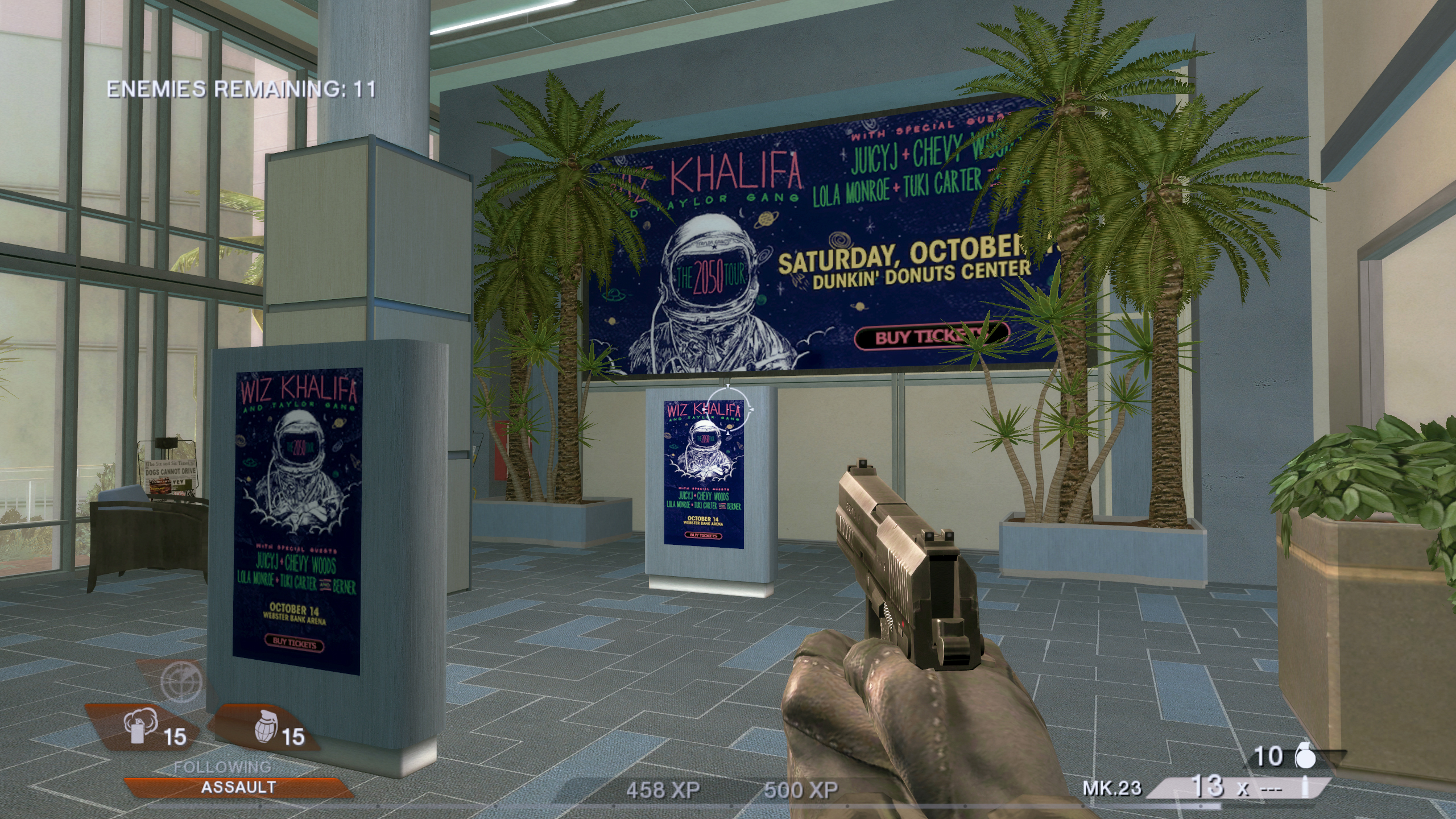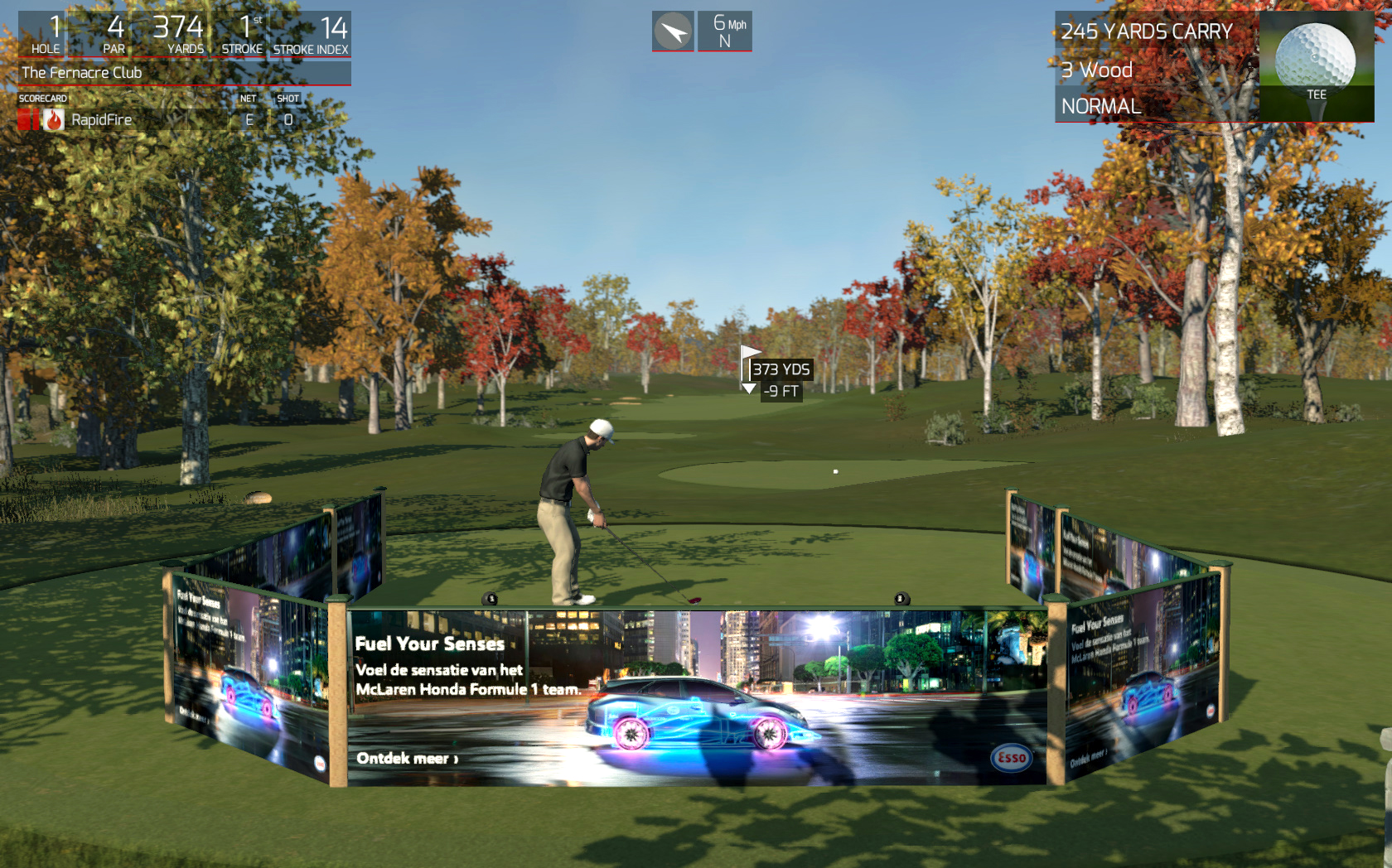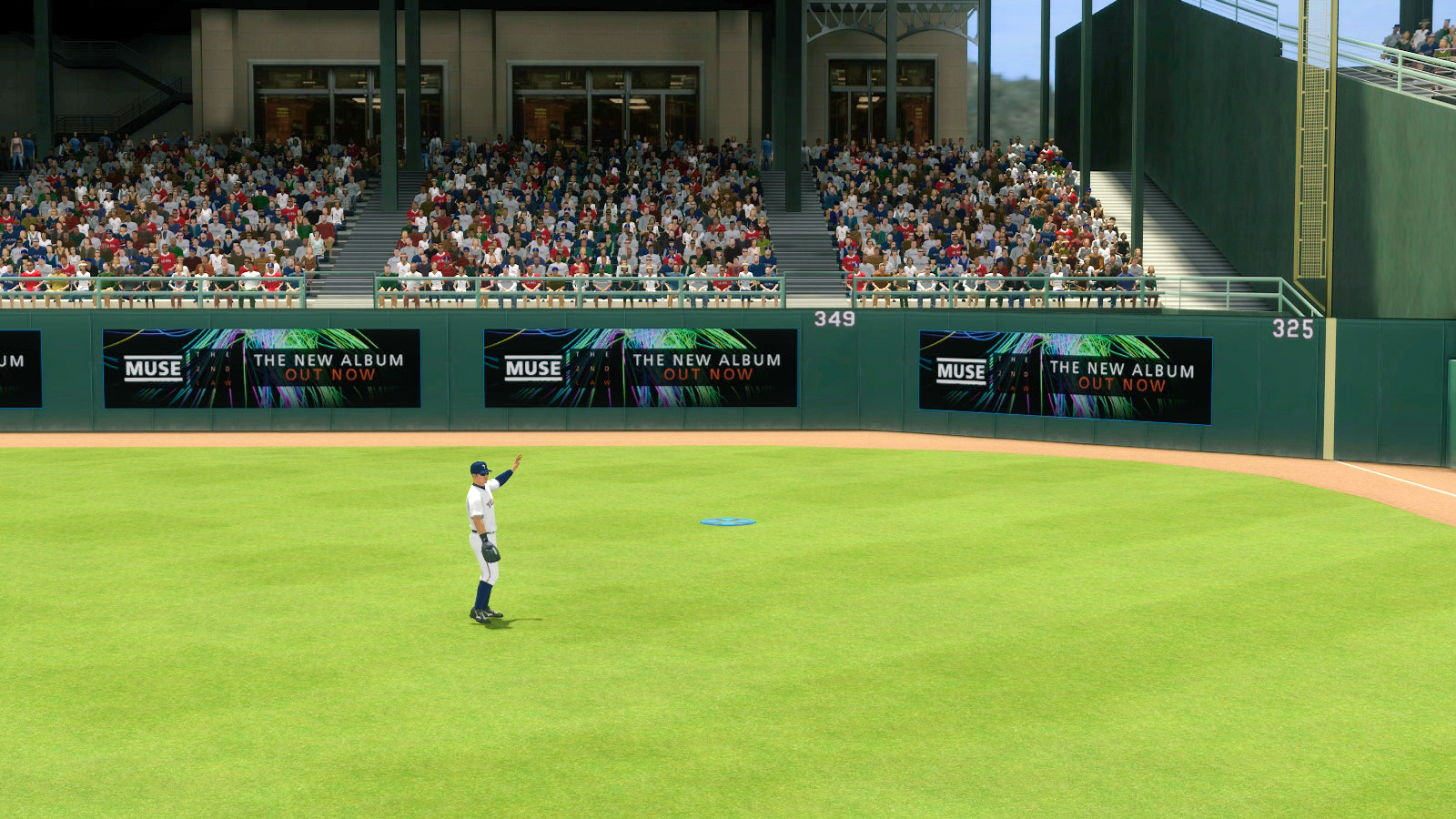Whether Geo-Targeting is offered or not with In-Game Advertising, is one of the most frequent questions we get from inquiring advertisers. We thought we’d go over this briefly in a blog post, and hopefully answer this question clearly and in detail.
Assuming you’re familiar with the different types of In-Game Advertising – which are Dynamic In-Game Advertising, Static In-Game Advertising, and Advergaming – only one of the types is able to geo-target gamers using an Ad Server, and falls under the category of Digital Advertising. This type of in-game advertising is Dynamic In-Game Advertising, and is often abbreviated as DIGA for short.
What is Geo-Targeting?
Geo-targeting in the context of the digital/online advertising industry, is the ability to limit exposure of advertisements to consumers and audiences based upon their geographic location…such as what Country they are in, or what State/Province they are located in, or even what individual City they are in. How this works is that special software that can be built into websites, or video games, or even mobile phones, are able to pick up a person’s geographic location based upon their unique IP Address, and it’s this IP Address which allows advertisements to be delivered according to specific regions of the World…basically wherever the brand or company wants to advertise. The important thing to remember is that there must be a connection to the internet in order for geo-targeting to work…otherwise it’s not possible to pick up the IP Address or serve the ads without an internet connection.
So that brings us back to Dynamic In-Game Advertising, which is a type of in-game advertising that commonly takes the form of billboards and posters situated strategically throughout a 3D video game environment. All the screenshots in this blog post are examples of Dynamic In-Game Advertising. With today’s technology, most new video games and the platforms that they are played on (ie consoles like Xbox 360, PlayStation 3, and PCs) all have the ability to connect to the internet, and it’s this internet connection that allows video games to host dynamic in-game advertisements, and for companies like us to target players based upon their geographic locations.



The above advertising campaign is a great example of geo-targeting in action. This is a campaign for Cup Noodles, and it’s targeting just the Brazilian market – so only gamers playing in Brazil will be exposed to these ads. And with Dynamic In-Game Advertising, the ads can be implemented or removed from the games in real-time, because they’re being streamed over the internet. This particular campaign ran for about 3 weeks, and was present in several different video games like NBA Live 10, Need for Speed, and Skate 2…all of which have dynamic in-game advertising software built into the games!
Interested in learning more about In-Game Advertising, or starting a campaign? Contact us at RapidFire
Assuming you’re familiar with the different types of In-Game Advertising – which are Dynamic In-Game Advertising, Static In-Game Advertising, and Advergaming – only one of the types is able to geo-target gamers using an Ad Server, and falls under the category of Digital Advertising. This type of in-game advertising is Dynamic In-Game Advertising, and is often abbreviated as DIGA for short.
What is Geo-Targeting?
Geo-targeting in the context of the digital/online advertising industry, is the ability to limit exposure of advertisements to consumers and audiences based upon their geographic location…such as what Country they are in, or what State/Province they are located in, or even what individual City they are in. How this works is that special software that can be built into websites, or video games, or even mobile phones, are able to pick up a person’s geographic location based upon their unique IP Address, and it’s this IP Address which allows advertisements to be delivered according to specific regions of the World…basically wherever the brand or company wants to advertise. The important thing to remember is that there must be a connection to the internet in order for geo-targeting to work…otherwise it’s not possible to pick up the IP Address or serve the ads without an internet connection.
So that brings us back to Dynamic In-Game Advertising, which is a type of in-game advertising that commonly takes the form of billboards and posters situated strategically throughout a 3D video game environment. All the screenshots in this blog post are examples of Dynamic In-Game Advertising. With today’s technology, most new video games and the platforms that they are played on (ie consoles like Xbox 360, PlayStation 3, and PCs) all have the ability to connect to the internet, and it’s this internet connection that allows video games to host dynamic in-game advertisements, and for companies like us to target players based upon their geographic locations.



The above advertising campaign is a great example of geo-targeting in action. This is a campaign for Cup Noodles, and it’s targeting just the Brazilian market – so only gamers playing in Brazil will be exposed to these ads. And with Dynamic In-Game Advertising, the ads can be implemented or removed from the games in real-time, because they’re being streamed over the internet. This particular campaign ran for about 3 weeks, and was present in several different video games like NBA Live 10, Need for Speed, and Skate 2…all of which have dynamic in-game advertising software built into the games!
Interested in learning more about In-Game Advertising, or starting a campaign? Contact us at RapidFire


















